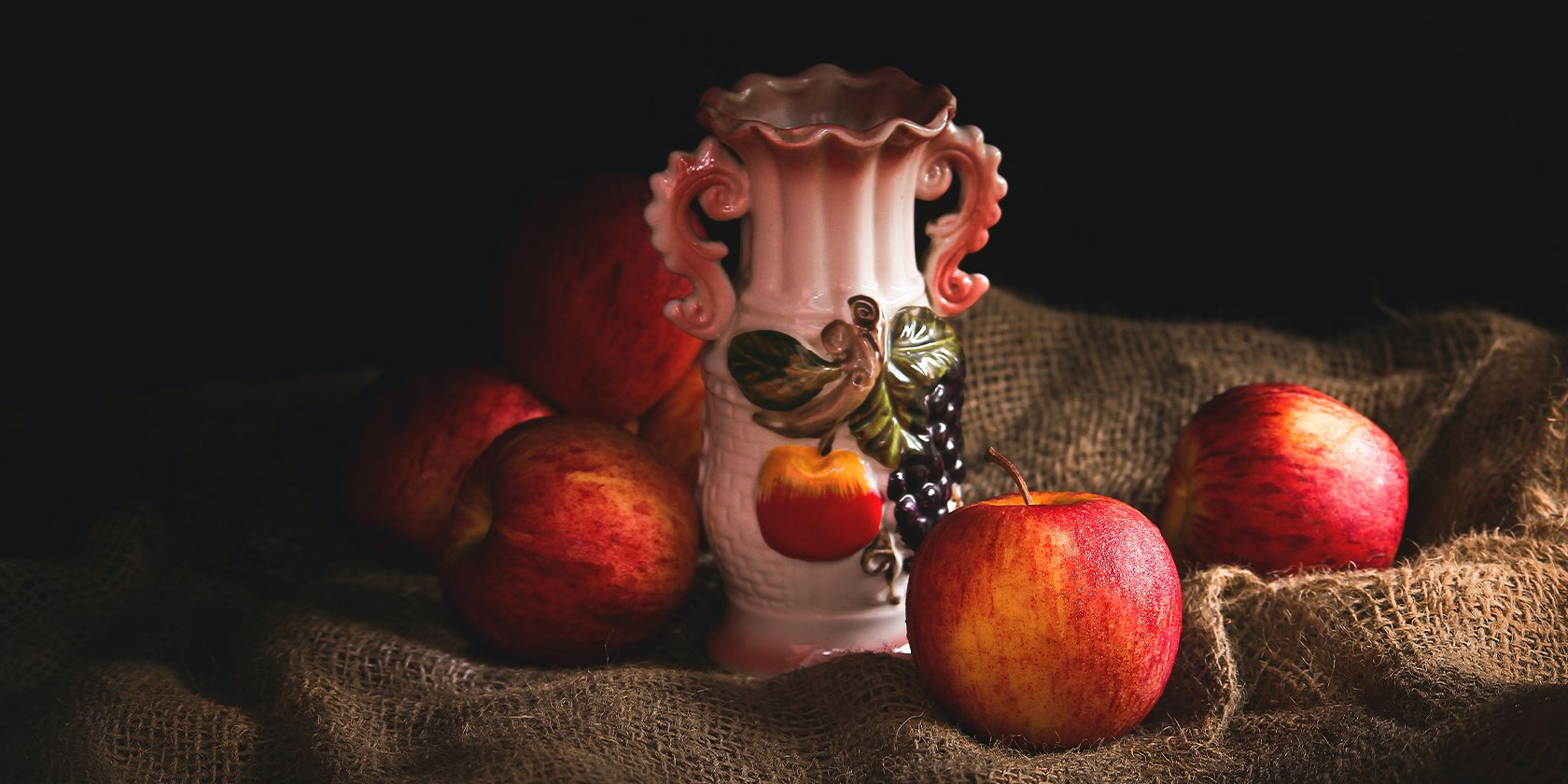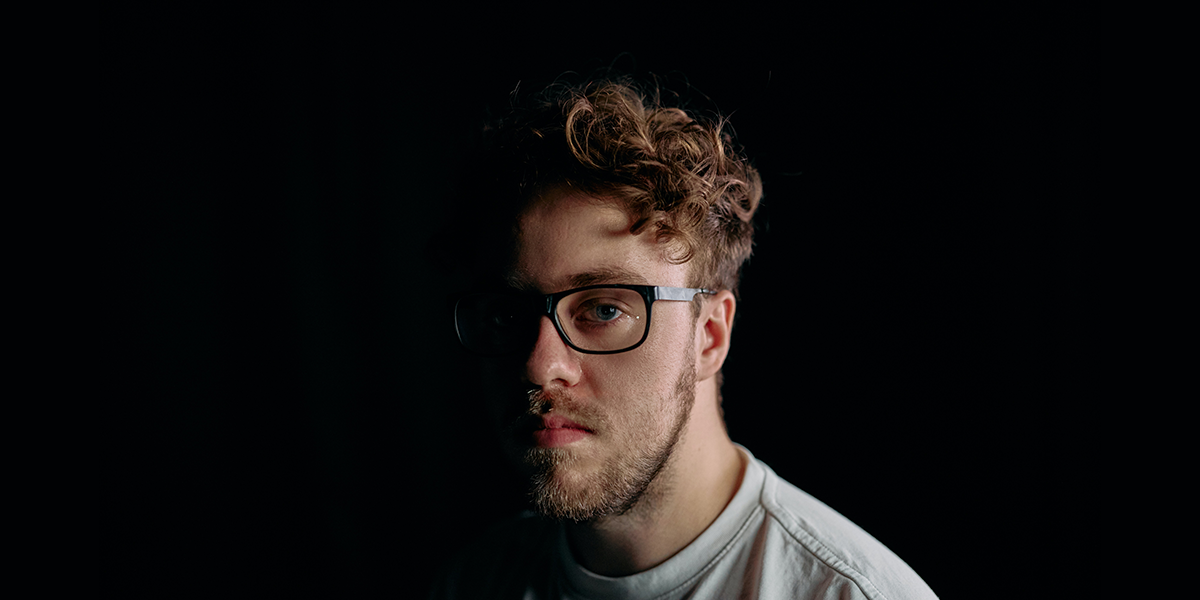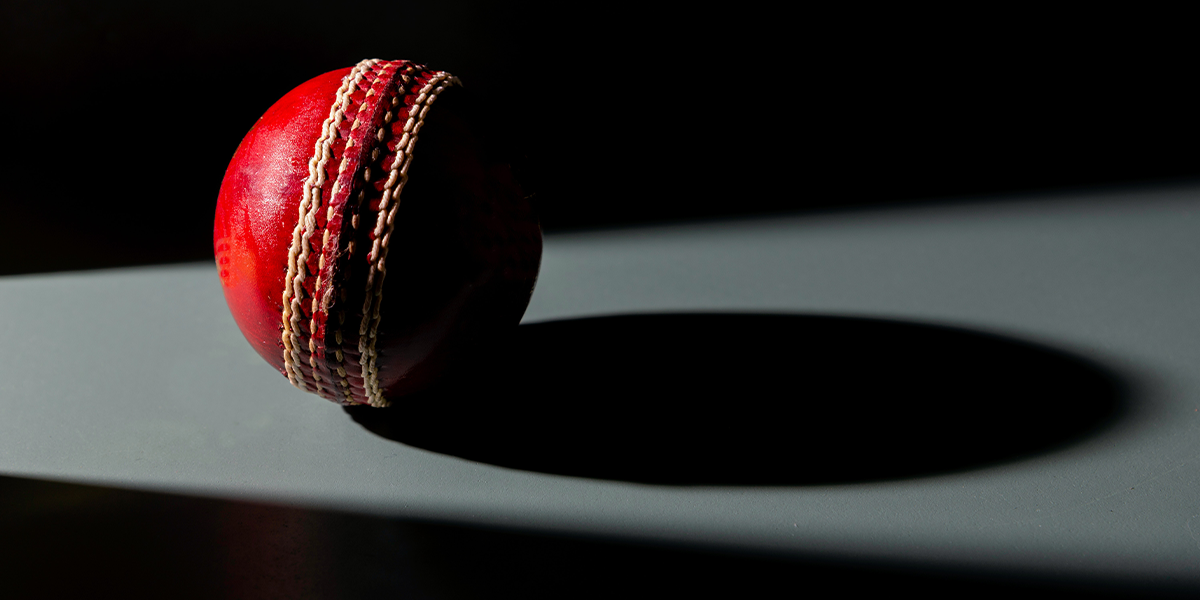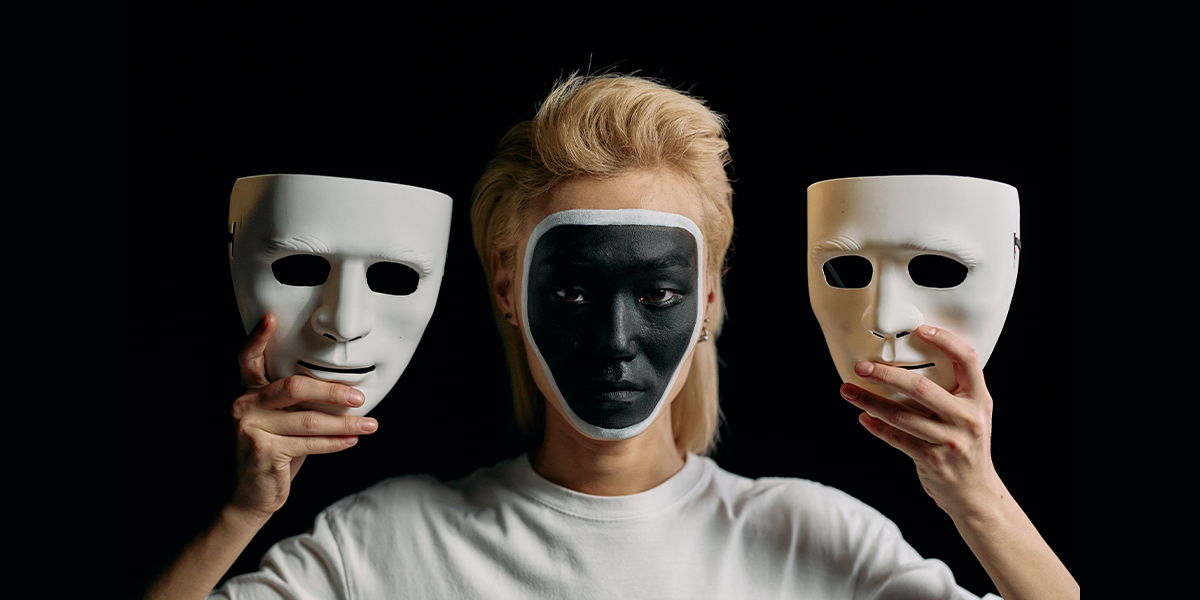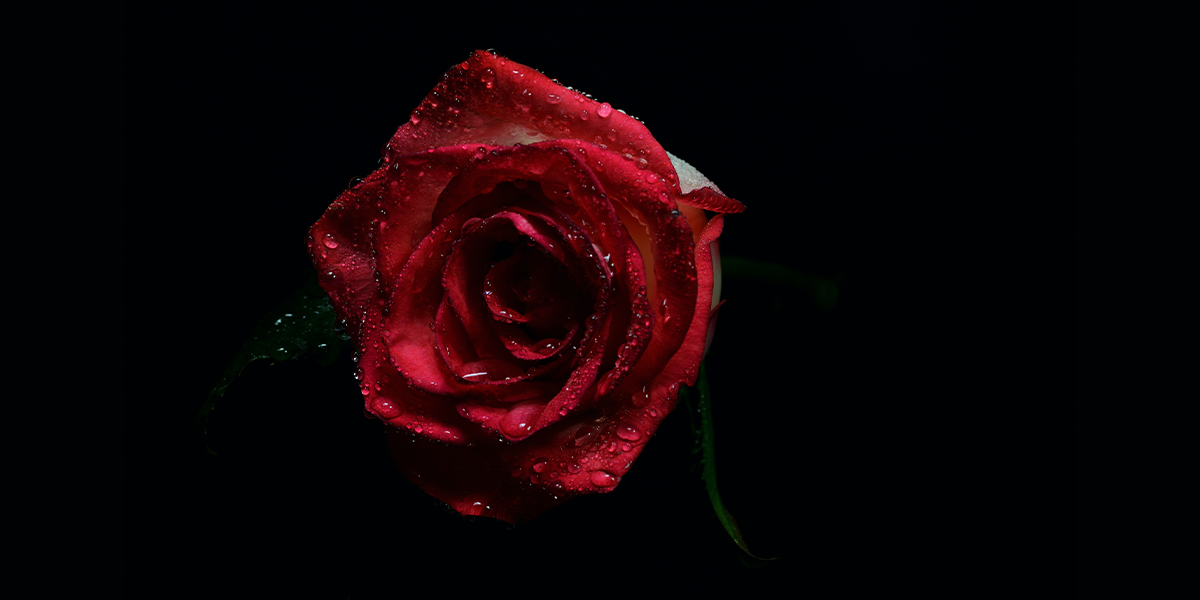If you've just started experimenting with videography or photography, you might’ve heard of low-key lighting. This type of lighting offers a way to add dark tones and increase the contrast between a subject and the background.
This article will discuss what low-key lighting is and how you can use it to improve your images. We'll also show you a few examples of low-key lighting done well.
What Is Low-Key Lighting?
In the film and photography industry, low-key lighting accentuates the subject's shape using shadows and dark tones. Videographers and photographers produce this effect by using hard light.
Hard light describes light from a single, bright source. These sources ratchet up the overall contrast of your images. That's why, in a low-key lighting scene, you'll often observe well-defined shadows, dark tones, and deep blacks.
How to Create the Low-Key Lighting Effect
First, you'll need a dark background. Then, you'll have to decide which type of light source you are going to use.
There are two main categories to choose from: artificial or natural. While you can use them at the same time, it's often easier to try each individually. Both sources will work for low-key lighting, so feel free to experiment until you find one you like.
Unfortunately, too many lights can overcomplicate a low-key setup. The advantage of this type of lighting is that you often only need a single light source.
Create a Low-Key Lighting Effect With Artificial Light
When using artificial light for this effect, you should avoid placing it directly in front of your subject.
You can start by orienting the source 45 degrees to one side, snapping a few photos, and adjusting the light until you get a look you're happy with. Also, you can try changing the ISO, shutter speed, and focal length of your camera before making changes to the light's position. If you prefer using a flash, the same principles apply.
To concentrate the light on your subject a bit better, using a beauty dish or reflector will help. Additionally, a softbox or strategically positioned fill light can assist you with softening harsh shadows.
Create a Low-Key Lighting Effect With Natural Light
If you want to shoot without artificial lighting, the easiest way is to place your subject by a window. You won’t need much sunlight to create a low-key lighting effect, so draw the curtains until only a focused beam comes through.
You can also shoot outdoors. All you'd need is a beam of light shining through trees or buildings and a dark background.
How to Use Low-Key Lighting in Film and Photography
Low-key lighting will add drama to your photos and a cinematic quality to your films. For example, in the picture below, the subject is completely isolated from the background. By controlling the environment's lighting, the artist has created a scene full of dramatic tension.
Low-key lighting is also great for shooting fruit or flowers, as it will accentuate the intensity of the colors. Intense color will then contrast with dark shadows causing subjects to pop.
For videography, you can use a low-key lighting setup to create a feeling of drama, tension, or mystery within your scene. The effect is even stronger if the rest of your film is shot in high-key or outdoor lighting.
If you want to isolate one of the characters and share an intimate or traumatic moment, low-key lighting will give you stunning results.
Find Your Style
If you are a photographer or videographer, you should try the low-key lighting effect. You don’t need a lot of equipment, and the results might surprise you. Additionally, using low-key lighting offers plenty of creative options during post-production.

